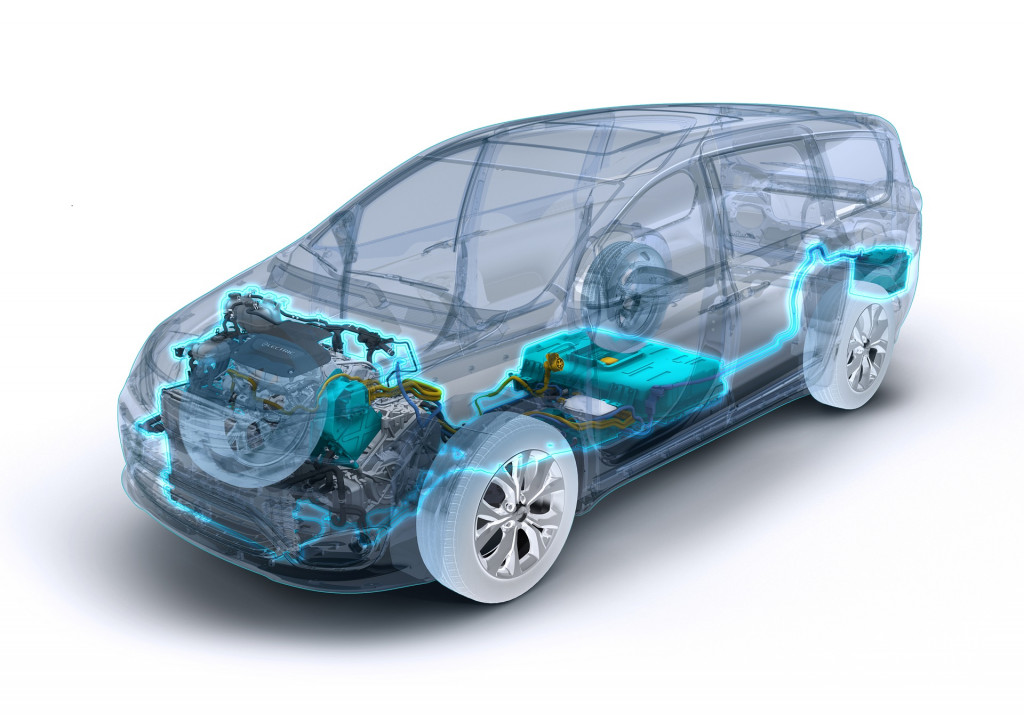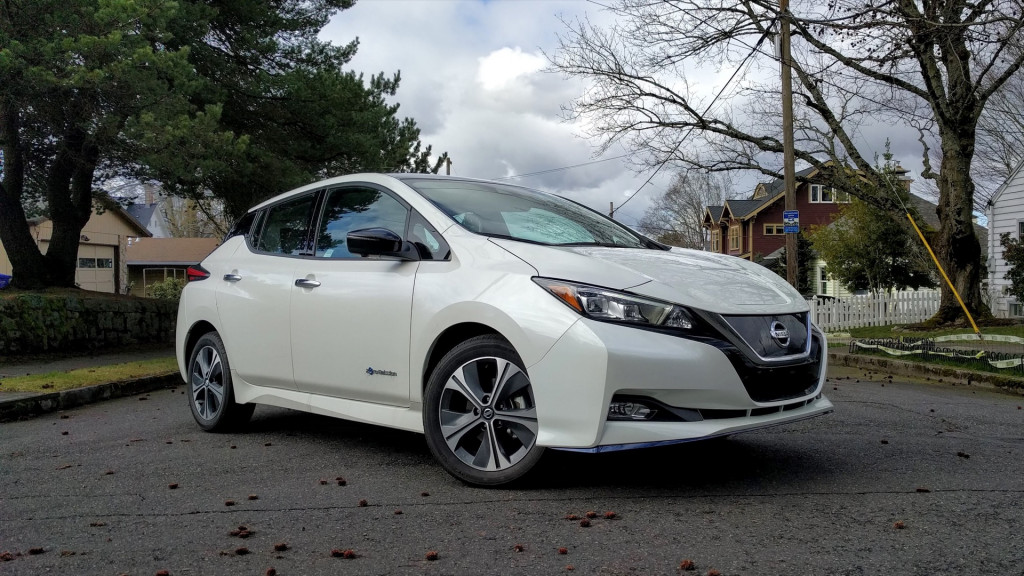Electric vehicles are often sold and promoted on the basis that they’ll cost less to maintain and repair versus gasoline-powered vehicles.
In a whitepaper released Thursday, the consumer advocacy organization behind Consumer Reports, informed by CR’s reliability survey data, tested that boilerplate assumption against its real-world data, finding that electric vehicle drivers are typically saving big—an average of 50% versus equivalent gas vehicles, over the life of the vehicle.
Perhaps even more surprising among CR’s findings is that plug-in hybrids cost less to maintain and repair than conventional gasoline vehicles—actually undercutting EVs in those costs after passing 100,000 miles.

2018 Chrysler Pacifica Hybrid
It’s an unexpected advantage because typically, plug-in hybrids are more mechanically complex than either other type of powertrain, with more potential components to break or require maintenance attention. They often, for instance, combine a conventional engine and transmission, in all of their complexity, and add a battery pack, power electronics, motors, and sometimes additional clutch packs.
Crunching its numbers for the entire vehicle fleet, but split up by powertrain type, CR found that both battery electric vehicles and plug-in hybrid vehicles cost 3 cents a mile to maintain and repair, while other internal combustion vehicles cost 6 cents per mile to maintain and repair.
That amounts to a lifetime maintenance-cost total of $4,600 for electric vehicles and plug-in hybrids, or $9,200 for traditional gasoline models. Vehicle lifetime, as defined by the analysis, was 200,000 miles.

Maintenance and repair costs by powertrain type - Consumer Reports - Sept 2020
Consumer Reports doesn’t offer a reason for PHEVs’ advantage. Perhaps there is a sweet spot to be discussed in how the electrified components avoid wear to the traditional powertrain items—and, perhaps, extend the life of items like braking systems through regenerative braking. Or perhaps the repairs and maintenance simply cost more for EVs when needed.
This could be a continuation of a longtime trend. Some years ago, CarMD tracked that repair costs for hybrids were falling, while they were rising for other gasoline vehicles.
CR notes that its sample size of PHEVs and EVs with more than 100,000 miles was small—with the EVs mostly including early versions of the Nissan Leaf and Tesla Model S. With a total of 200 PHEV vehicles that have more than 100,000 miles, it also likely didn’t have a sample set that represented all the different layouts for these widely varied vehicles.

2019 Nissan Leaf Plus - Driven, March 2019
The data is based on annual surveys from hundreds of thousands of vehicle owners about real-world reliability and costs.
The organization notes that it filtered out responses that were incomplete, as well as feedback on outlier vehicles—ones that traveled less than 2,000 miles or more than 60,000 in a year, and vehicles that reported more than $20,000 in maintenance costs in the past year.
It also accounted for any bias based on the brands of vehicles purchased by CR members versus those purchased by the public at large, by reweighting its results according to market-share data from Wards Intelligence.













